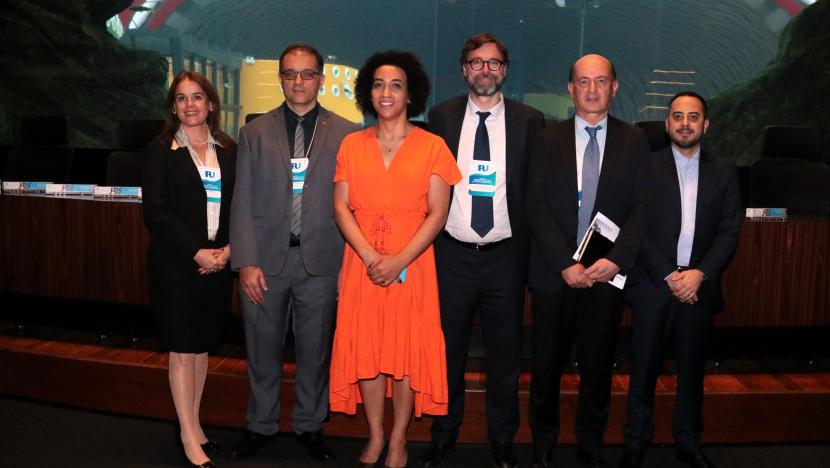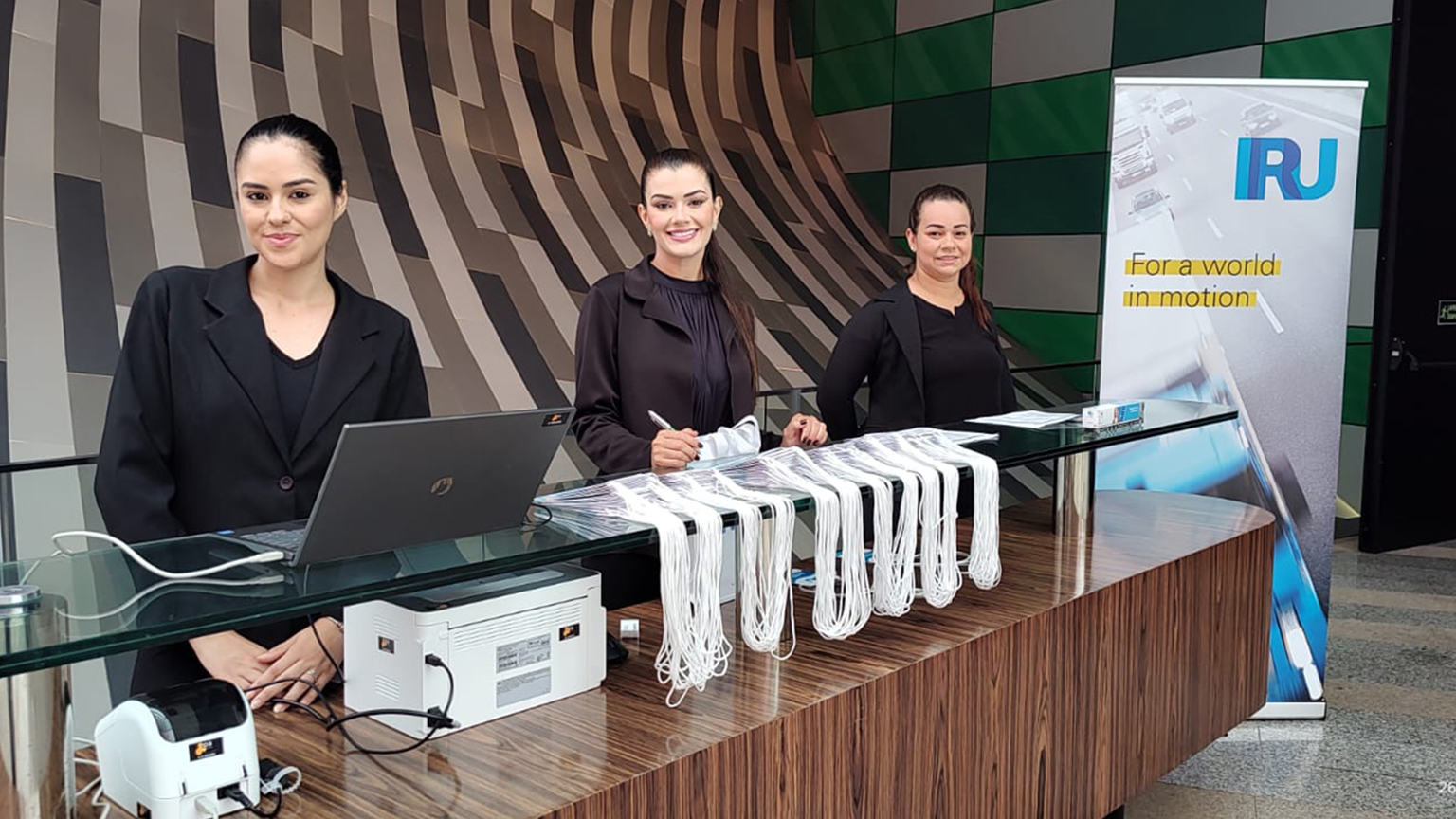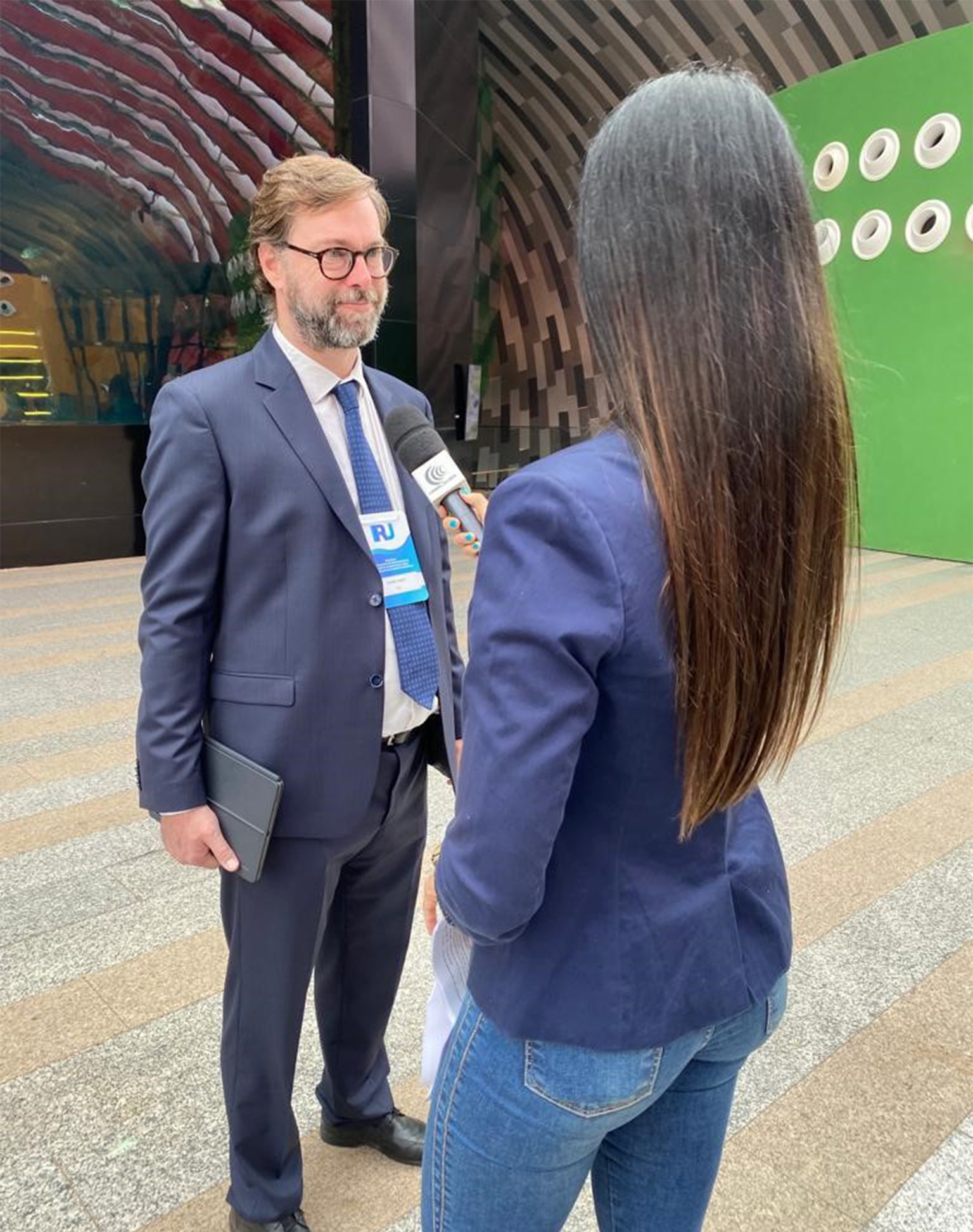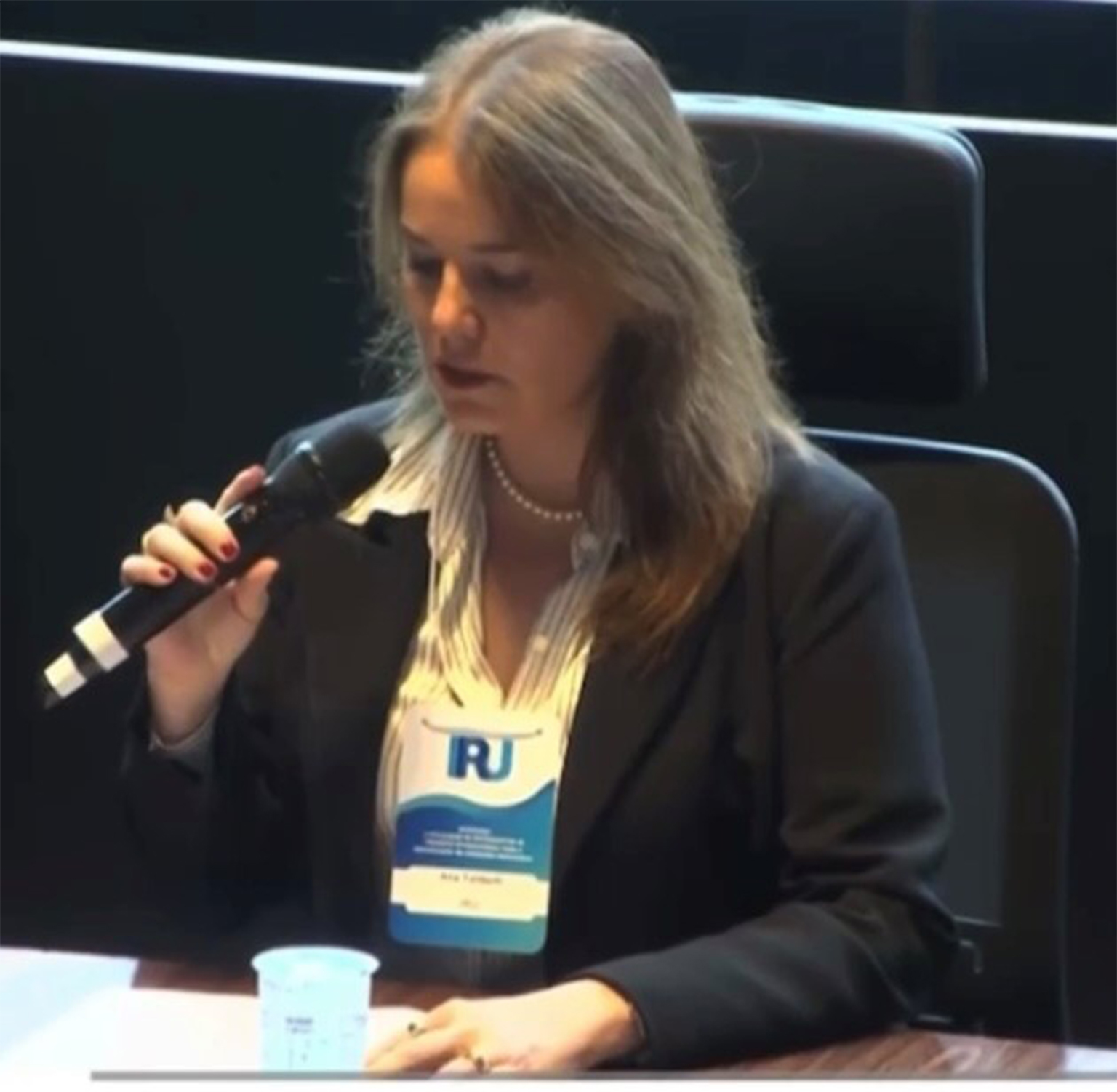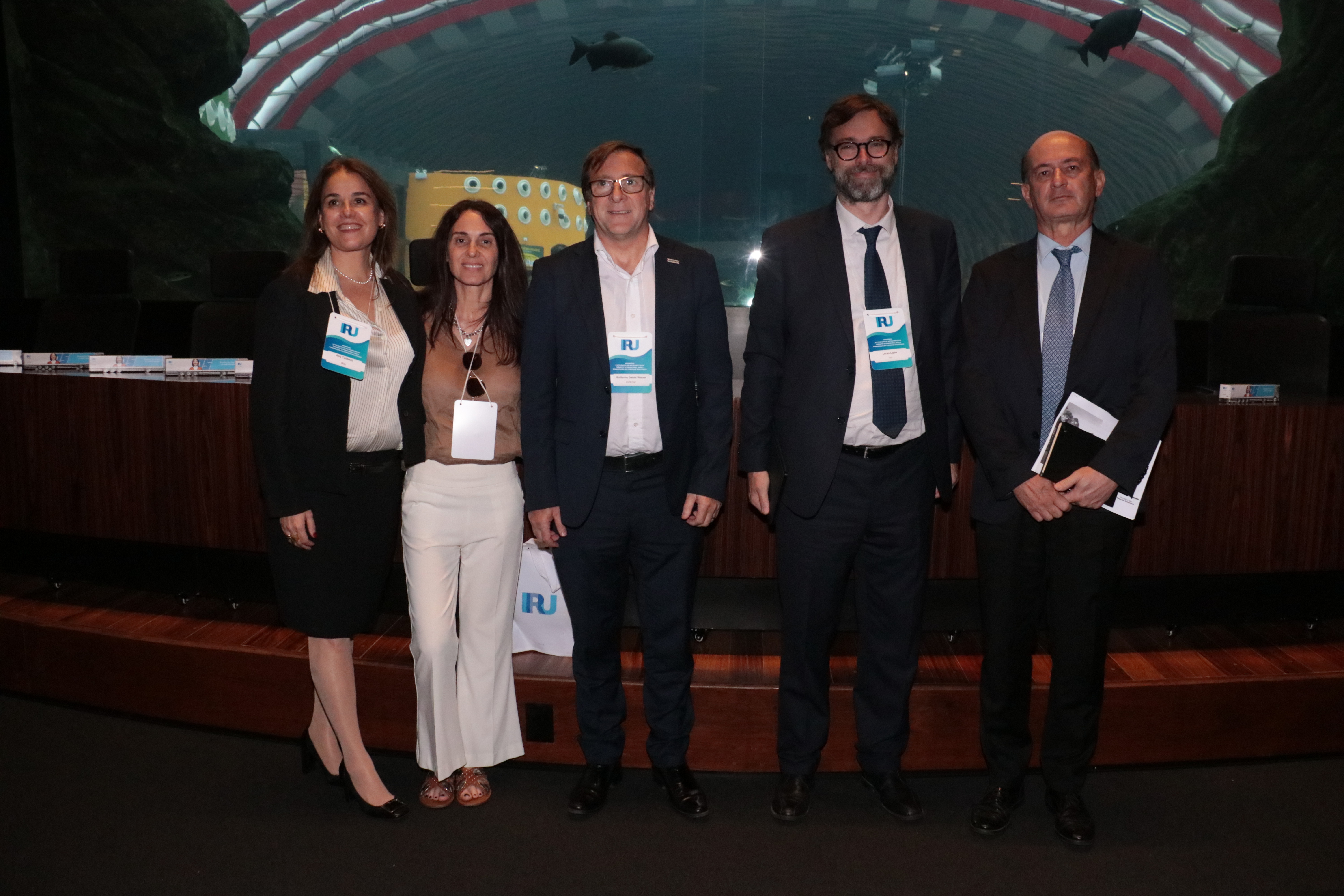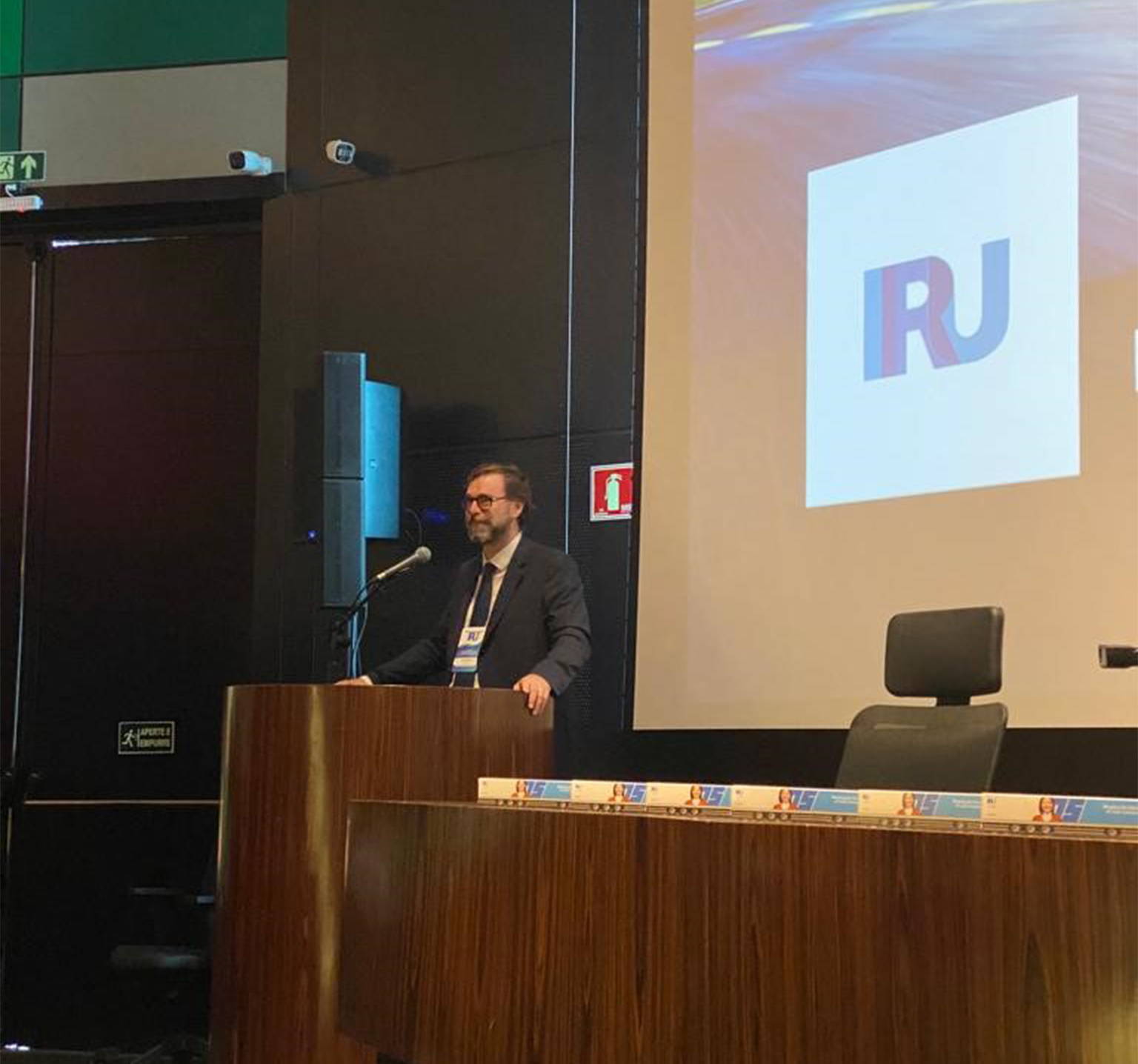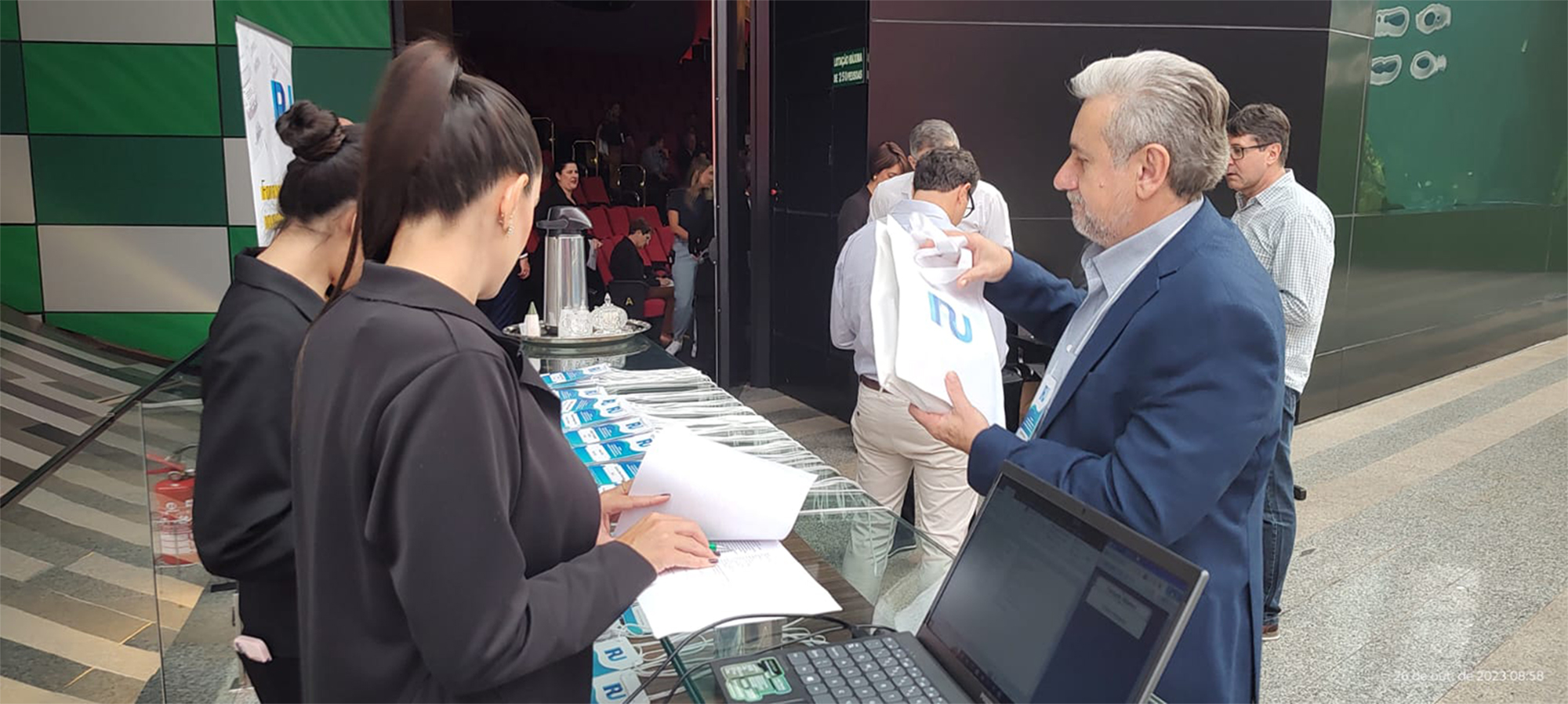At a recent conference with senators and ministers in Brazil, IRU outlined how the Bioceanic Corridor, South America’s new transnational corridor, would benefit from the TIR system.
The Bioceanic Corridor will connect the Brazilian states of Rio Grande do Sul and Paraná to Argentina and Chile, and Mato Grosso do Sul to Paraguay.
IRU, the Ministry of Foreign Affairs of Brazil and NTC&Logística held a two-day conference in Campo Grande, Brazil, on how TIR would bolster transit, transport and trade in South America, including along the Bioceanic Corridor.
Minister Diplomat of the Ministry of Foreign Affairs of Brazil João Carlos Parkinson de Castro said, “Producers and transport operators are now aware of the advantages offered by the Bioceanic Corridor. However, Brazil, Paraguay, Argentina and Chile have yet to provide fast, digitalised and integrated transit services. We still need to overcome border inefficiencies.
“The conference demonstrated that the Brazilian Government is committed to improving the efficiency and security of cross-border operations, maximising Brazil’s competitiveness in regional and global trade.
“IRU's support has been fundamental in promoting TIR in Brazil. It is important that commercial operators are aware of this instrument and its benefits. With IRU’s support, Paraguayan operators can learn about TIR. Such efforts should also be extended to Bolivia and Peru which also stand to benefit from the Bioceanic Corridor.”

